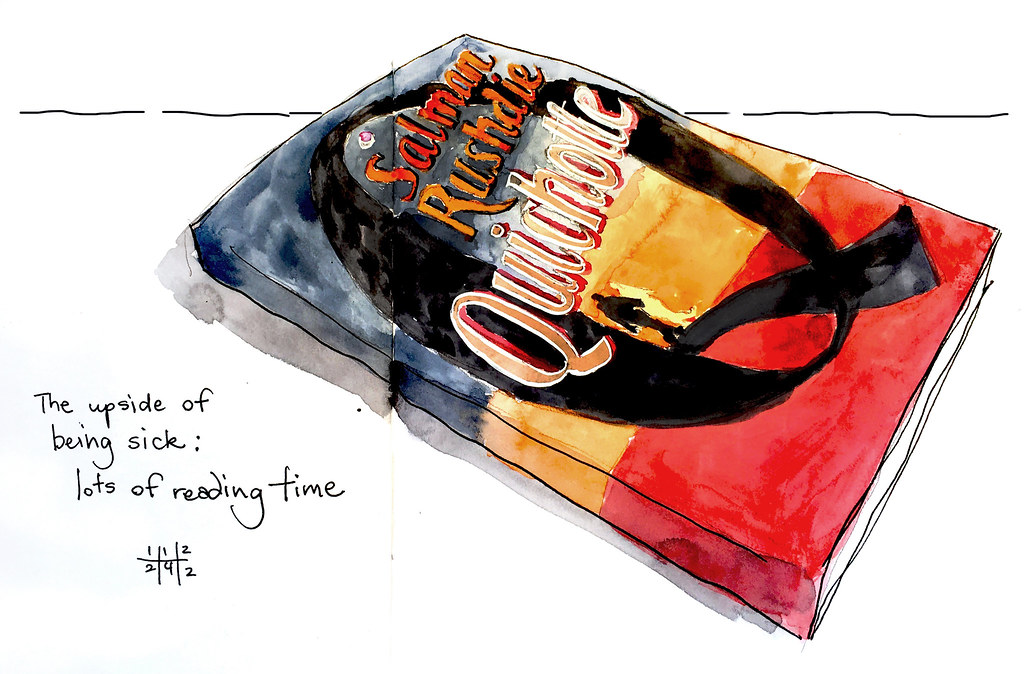
Looking forward to getting my hands dirty with this one.

Looking forward to getting my hands dirty with this one.

While camping, I read and enjoyed this short book by Tristan Gooley. My main takeaway is this (far from simple) exercise: Wherever/whenever you are outdoors, ask yourself “In what direction am I looking?” and “What time is it?“ (Learn to) use nature to find the answers. I’d like to get better at this.

I recently met a Bulgarian couple, and we got to discussing Bulgarian literature, as I had just read Georgi Gaspodinov’s Time Shelter. They recommended Kapka Kassabova to me, and I borrowed a couple of her books from the library. From the back cover of this one: “Border is an immersive travel narrative that is also a shadow history of the Cold War, a sideways look at the migration crisis, and a witchy descent into both interior and exterior geographies.” I’m fifteen pages in, and I think I’m going to like it a lot.

I plan to read a lot more non-fiction in 2024, so book group picks might be pretty much my only fictional forays. This one was the 2023 International Booker Prize winner; let’s see if I agree with the judges!



I thought this would be a more difficult read than it is, which is a good thing, because I’m not at my best or brightest right now.

I’m in two book groups; these are our November picks. Have you read either? I thought the McEwan was excellent. I just started the Gray last night.

I’ve seen reviews of this book saying it’s deadly boring, but I found it to be quite a page-turner.

We have a lending library for docents at MCSP, and yesterday I discovered this treasure: Field Book of Western Wild Flowers by Margaret Armstrong, published in 1915. It’s a small, thick book, filled with 500 black and white illustrations and 48 watercolour plates, and the most delightful plant descriptions. Example (Easter Bells, p 28):
“A patch of these flowers bordering the edge of a glacier, as if planted in a garden-bed, is a sight never to be forgotten. Pushing their bright leaves right through the snow they gayly swing their golden censers in the face of winter and seem the very incarnation of spring.”
Makes me want to gayly swing my golden censer 😁
You can see the text here on Gutenberg, but of course holding the hundred year old book in one’s hands is an infinitely more special experience. I’ve borrowed it, and I’m already feeling sad about the day I need to return it to the shelves.